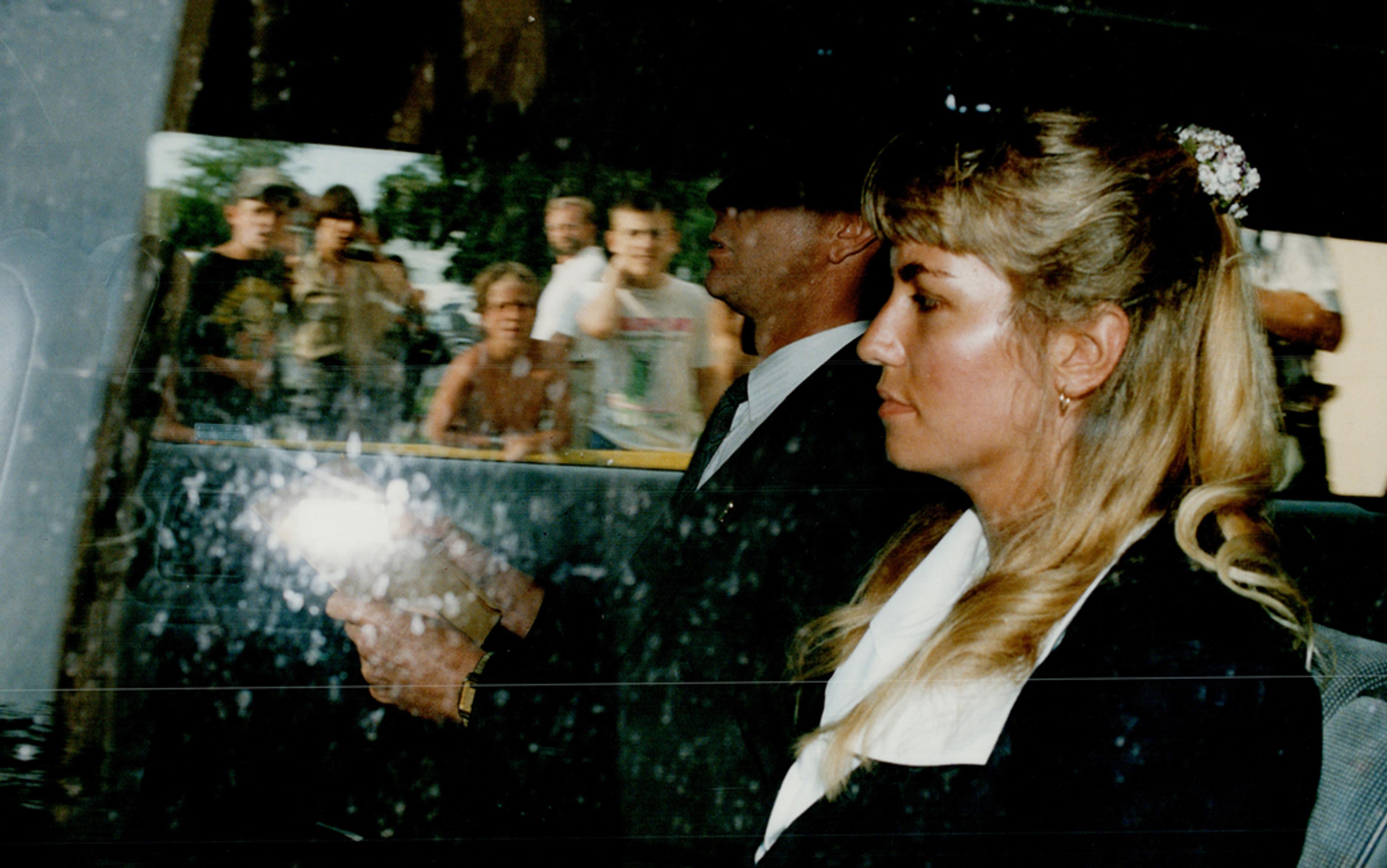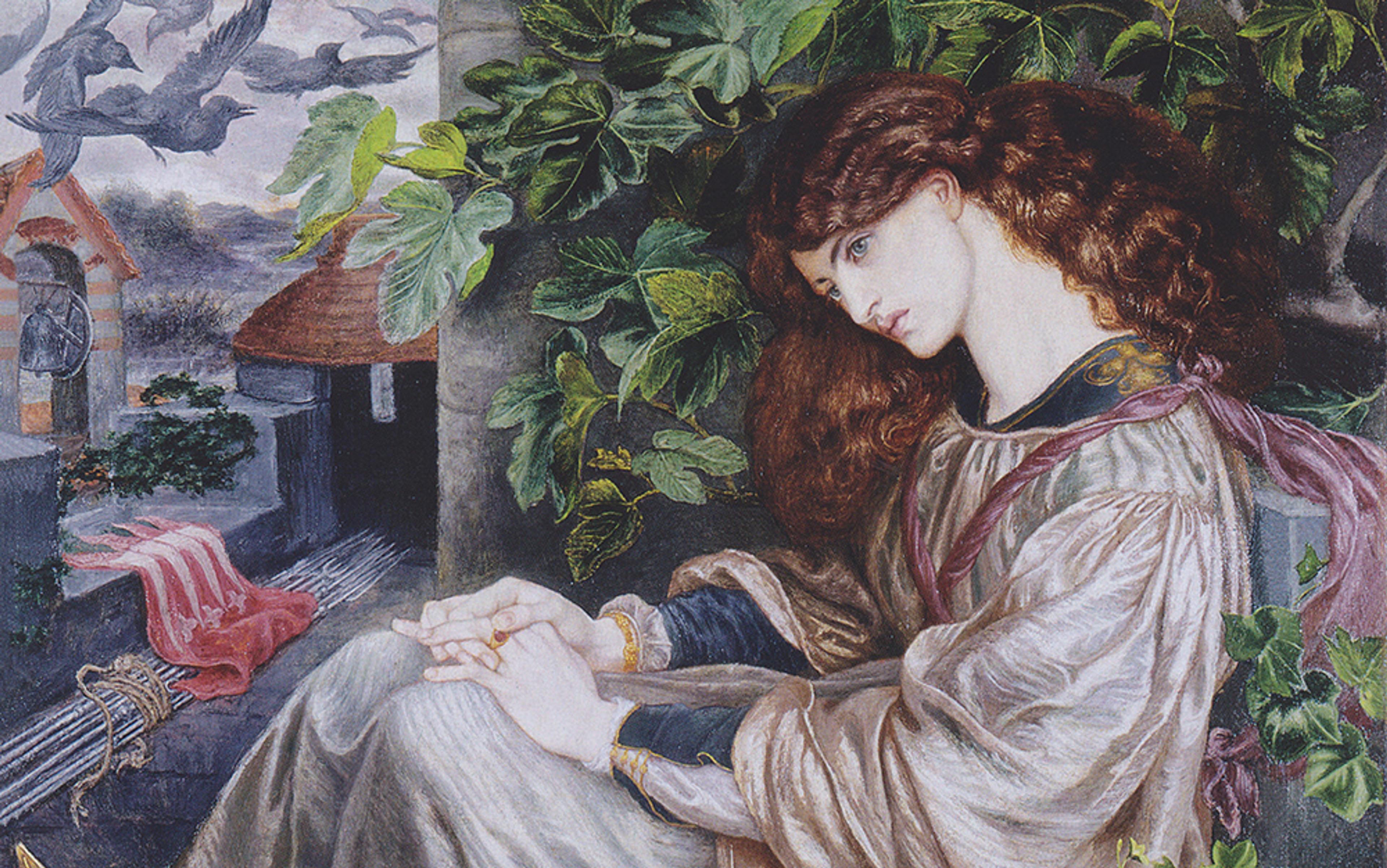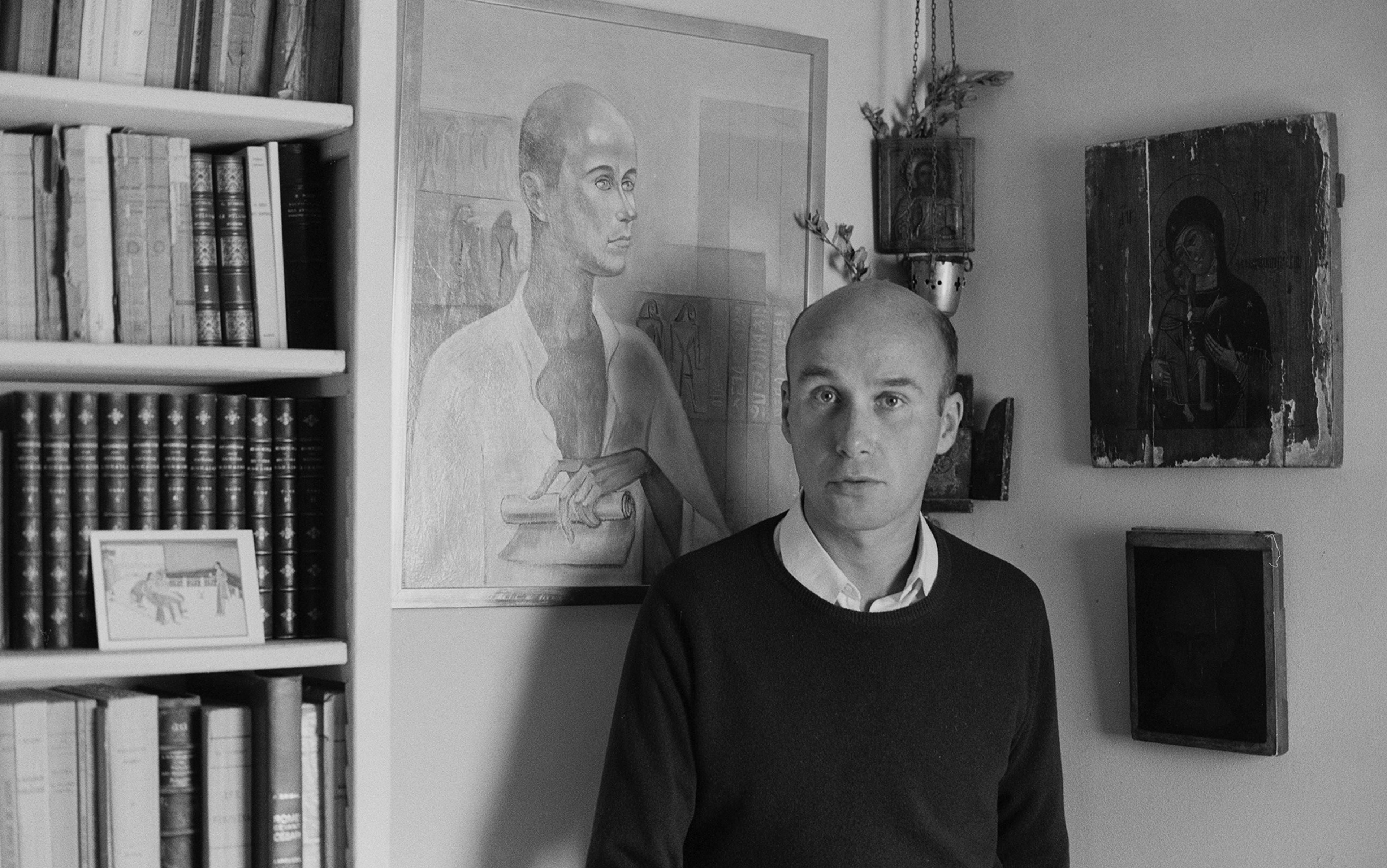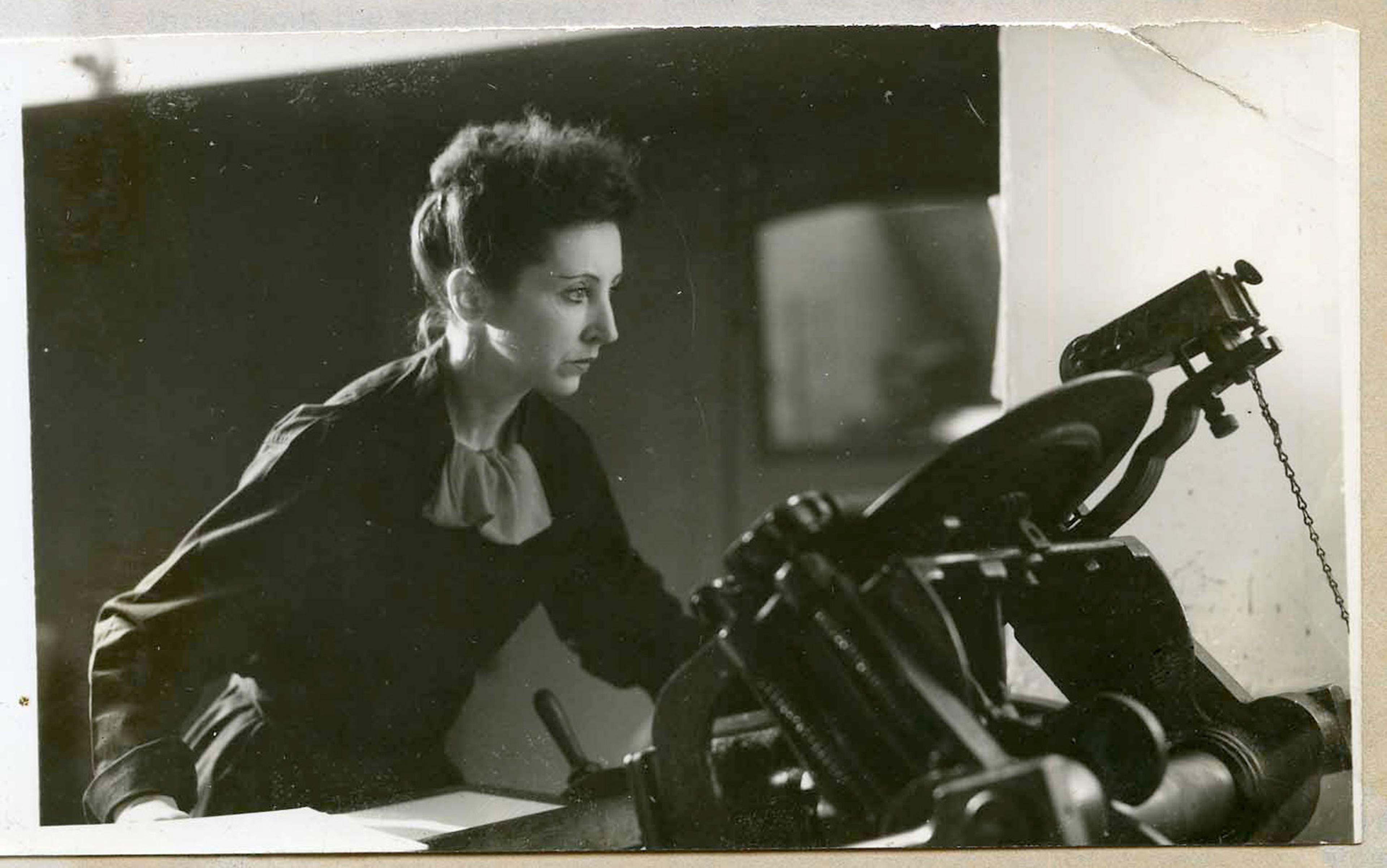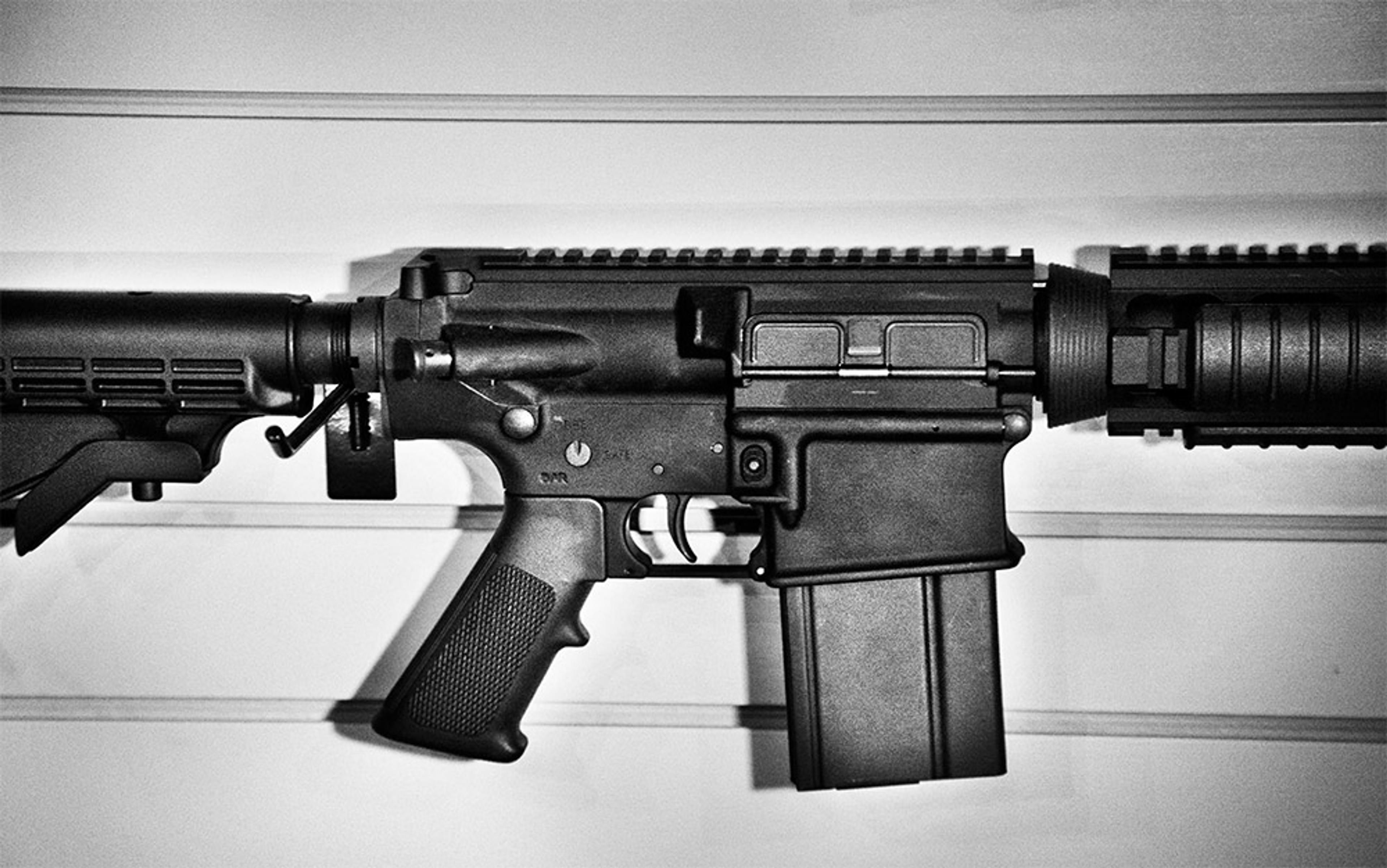As a crime writer, I think a lot about violence – and I get quizzed about it at literary events and festivals in a way that my male colleagues don’t. One question that comes up often is: have you considered creating a female thrill-killer? That is, a female perpetrator who kills for pleasure rather than in revenge or self-defence. They’re a rare breed in crime fiction, yet readers seem fascinated by their fictive potential. Most often they’re seen as purely literary creations, the inventions of a writer’s dark mind. Readers want to see women thrill-killers in fiction without necessarily believing they exist in real life. In many reader’s minds, they inhabit the same category as vampires or superheroes.
This creates an opportunity and, since crime writing is largely a realist genre, a problem of plausibility. It also reframes the original question/ It is not so much about whether I’ve thought of creating a female thrill-killer (it’s my job to consider all possible permutations of violence) but how I might steer my way around a set of unconsciously competing beliefs about female violence in fiction and in real life. Is there, I wonder, a set of unwritten rules about women and violence that I am at liberty to explore, but that I flout at my peril?
This question suggests that the juxtaposition of women and violence is by definition problematic; that there’s something inherently troubling about portraying women both as victims and perpetrators. In crime fiction, as in life, the view persists that female violence is aberrant and that women resort to it only in absolute extremis: women are most commonly victims, occasionally crime-solvers; only rarely are they killers.
Certain facts are undisputed. In reality (and crime fiction), men commit more violent crime than women, and women are more often victims of violence than perpetrators. The difference in prevalence makes the essentialist argument easy to make – and many people do, insisting that men’s genes, neurobiology and testosterone levels conspire to make them inherently more violent than women. Essentialists wheel out arrays of impressive research, stats and anecdotal evidence in support, but most of what passes as supporting evidence is in fact no more than a reiteration of what we already know about prevalence; which is that neither the relative frequency of male violence nor the relative infrequency of female perpetrators proves that violence is an inbuilt characteristic of maleness or a feature only of aberrant femaleness.
Not that sex differences play no part in violent expression. The neurobiological research overwhelmingly suggests that there are sex‑specific differences in response to stress, abuse and other environmental variables. There are clear correlations, for example, between a variant of the MAOA gene, which regulates the production of serotonin, along with interactions between the prefrontal cortex and the amygdala (which regulates emotional expression), which together can make males more vulnerable to environmental risk factors for violence. But this does not in itself make males more violent. A fine distinction, perhaps, but an important one.
Gina Rippon, Professor of Cognitive Neuroimaging at Aston University in Birmingham, observes that violence is as much a function of the ‘experience-dependent plasticity’ of the brain, as it is of X or Y chromosomes. This means that although men are more likely than women to respond to environmental and experiential stress, neglect or abuse with violence, their propensity to do so is often reinforced by social conditioning. A man whose experience and upbringing do not expose him to aggravating factors for violent expression and who is not socialised to view violence as a legitimately ‘male’ response to stressors is no more likely to be violent than a woman with a similar upbringing. Similarly, a woman exposed to aggravating environmental stressors and not socialised to constrain her violent impulses is more likely to express herself violently than a man who has never been exposed to those triggers. This is a fundamentally different model from the one claiming that men are pre-programmed to be violent or that women are ‘hardwired’ for non-violence.
We rarely question the gendered language of motive that reinforces essentialist assumptions and explains away female violence. The roster of ‘female-friendly’ motives for violence is largely reactive. It presupposes that women resort to violence only as a last-ditch response to intolerable past abuse, or because they are in fear of their lives or mentally ill. So, this argument goes, we do not use violence instrumentally to get what we want, or simply because we feel like it, but because we’re driven to it. And there’s an accepted ‘female’ typology of killing, too. Women kill in the home, or near it, and we kill people we know, targeting partners, children or the elderly, mostly by poisoning or some other indirect method. In her engaging challenge to the essentialist line, When She Was Bad (1997), Patricia Pearson writes: ‘we tend… to peg women as afflicted and mentally ill, while understanding men as willful, immoral and antisocial’.
But is this right? And what does it tell us – since, in fact, insanity pleas are pretty rare, among men and women? In their 2013 survey of women and homicide, a team of psychiatrists led by Susan Friedman of Case Western Reserve University in Ohio quote an evidence-based study that shows fewer than 1 per cent of all defendants in US courts file an insanity plea in defence of a violent offence, while some who do act out of motives such as jealousy, desire for money or anger, which might have nothing to do with their psychosis. Only 26 per cent of such pleas are successful.
The British lawyer and feminist Helena Kennedy argues that ‘pathologising women is a way of perpetuating the myth that they are victims of their own physiology’. (Kennedy doesn’t mention that men are meanwhile labelled as hapless, testosterone-fuelled drones.) By insisting that women are more often mad than bad, we are denied agency over our violent acts. It is too easy to equate women’s relative social and physical powerlessness to what Pearson calls ‘moral innocence’ which infantilises women, limiting ‘our capacity to promote ourselves as autonomous and responsible beings’ and ‘demeans the right our victims have to be valued’.
Which is not to say that women who commit crimes of violence aren’t ever victims too, but our willingness as a society to default to the idea of women as victims both of their own and others’ frailties (principally men’s) is open to exploitation – not least by women themselves.
In a particularly grotesque case in Canada in the 1990s, Karla Homolka, a veterinary assistant who was an accomplice in the sexual torture and deaths of three women, including her own sister, successfully presented herself as a victim of her husband and partner in crime, Paul Bernado. Homolka became a poster girl for those confounded by the notion that a woman could ever actively participate in the rape and killing of other women. Commentators wrote impassioned defences, calling for her to be exonerated. Then evidence emerged that it was Homolka, not Bernado, who had acquired and administered the fatal overdose of drugs to her younger sister Tammy who had become a rival for Bernado’s attentions.
‘I killed to see how it felt, to see if I was as cold as I thought I was, and then it got moreish’
Still, Homolka and her supporters held fast to her victimhood until police discovered tapes at the Homolka-Bernado home, which provided unequivocal evidence of her proactive role in the torture and killings. Overnight, Homolka transformed in the public eye from battered victim to bitch, femme fatale and monster. As victim, it had been Homolka’s behaviour that was aberrant, now it was the woman herself, a wild distortion of femininity whose murderous scheming could hardly be separated from her depraved and insatiable sexuality. It’s hard not to think of victim/femme fatale as a tired rerun of the madonna/whore binary. Spun in a centrifuge of competing ‘truths’ and ideologies, the reality of Homolka’s identity and motivation accreted as murky sediment, leaving the clear water of myth behind. In the public eye, she can only ever be victim or bitch.
It’s unlikely we will ever know what really motivated Homolka’s actions. A desire to please; exhilaration perhaps; vengeful jealousy, almost certainly. But what if a woman kills purely for pleasure? A real‑life female thrill-killer?
Joanna Dennehy, the British serial killer who in 2013 stabbed three men to death and seriously injured two more, claimed that she ‘killed to see how it felt, to see if I was as cold as I thought I was, and then it got moreish’. Bitch or femme fatale simply doesn’t cover it. Dennehy was not motivated by abuse or self-defence or any overtly-sexualised impulse. At the time of the murders, she was not psychotic or mentally ill. Unlike the vast majority of female killers, Dennehy has been diagnosed psychopathic. Her crimes run so counter to the stereotype of the violent female that the only label we can find for her is one more usually applied to men.
It’s worth pointing out that stereotyping can work the other way round, too. In violent crimes involving both men and women, men are almost always seen as the primary actors, even when a woman was clearly the instigator. Society still struggles to accept men as the victims of female perpetrators, particularly where the violent crime has a sexual element. This is as true of crime fiction as it is in life. At a recent event, male and female readers told me they would find a story about a sexual assault by a woman on a man unreadable. ‘Too shaming,’ one man said.
Like most storytelling, crime fiction cleaves more readily to myth than to reality. Plus it’s a conservative genre (though its creators might not be), concerned with restoring order and equilibrium. Even at its more experimental limits, it tends to play with stereotypes, not discard them. While most crime‑fiction writers conscious of living in the 21st century have made some effort to write themselves out of the old victim/femme fatale binary, the same is not true of Hollywood, which cheerfully roasts up all the old chestnuts without worrying about the stale smell.
But it pains me to report that hangovers from the past remain in the book world, too, particularly among the genre’s female protagonists/perpetrators. Lisbeth Salander of Stieg Larsson’s Girl with the Dragon Tattoo trilogy is one, and the subject of much wrangling in the crime‑fiction world. Is she a feminist creation or a misogynist one? The clues are in the text. She’s a young, hot, transgressive bisexual who wreaks terrible revenge on her rapist guardian while omni-shagging men and women, plus she’s hung up on a much older guy with zero discernible hot attributes. Victim meets femme fatale? Check. Plausible representation of an actual woman? I don’t think so. There are others, a few, I’m sorry to say, written by women.
Over the last decade, straight whodunits have lost ground to whydunits, which focus more on character and motivation. For anyone writing female lead characters – perpetrators, victims or detectives – this subgenre raises all kinds of questions. The female protagonist of Helen Giltrow’s The Distance (2014) is both hero and criminal, but Giltrow encountered problems with TV producers. Though keen to develop her book for the screen, they felt that, while there’s an honourable tradition of male heroes operating on the wrong side of the law, TV viewers would have issues with a female hero-criminal. As Giltrow put it: ‘It seemed to boil down to an issue of motivation: okay for a man to break the law if that was the life he found himself in… a woman would need another reason, eg to rescue a child, save a life.’
Writing violent female perpetrators is often a matter of dodging bullets. It would be hard to create a Dennehy-style thrill-killer with claims to verisimilitude, although we know her real‑life analogue exists. Perhaps that’s why few crime writers have tried it. According to S J I Holliday, author of Black Wood (2015), a woman ‘killing for the hell of it, I’m not sure I believe in that at all. I think there is always a reason behind such action.’ Or, as Leigh Russell, the creator of DI Geraldine Steele, told me: ‘my female killers who don’t start out as victims perceive of themselves as victims. I haven’t written a female killer who is simply a sadist or a violent psychopath with no moral sense.’
Girls are not what people think they are, if what people think isn’t true
Readers might not know what to do with such a killer even though we know she exists. Does that really matter? Not a great deal. Literature reflects the myths society tells about itself. Writers have no responsibility to try to change them. In any case, crime fiction has no claims to fact, only to some kind of literary truth.
The news media plays by other rules, or should do. Yet, even here, the myths often crowd out good reporting, crystallising into fixed positions and assuming the character of truths, then ideologies, that polarise the debate to such a degree that journalists sometimes forget that there are such things as verifiable facts, or that the media has a responsibility to report them. In the Newsweek piece ‘Bad Girls Go Wild’ (2005), about a supposed epidemic of young women committing violent crime, Julie Scelfo reports: ‘today, one in three juveniles arrested for violent crimes is female’. In the same sentence, she quotes a researcher saying: ‘Girls are not what people think they are.’ But here’s the thing: a rise in arrest rates does not prove that girls are becoming more violent or, indeed, that they are ‘not what people think they are’, only that they’re more likely to end up in the meat-wagon. In failing to question received wisdom, shoddy journalism ends up sustaining it.
In a riposte, the Girls Study Group (GSG) at the US Department of Justice made careful use of FBI-generated Uniform Crime Reports, the National Victim Crime survey and self-reported data (all of which it acknowledged to be variously problematic) to come to the quieter but more authoritative conclusion that the increase in arrest rates of young women for minor assaults was due to changes in policing policy that reflected a growing intolerance of petty violence and a willingness of victims to report it. There is no evidence anywhere to suggest a rise in the prevalence of female violence. Girls are not what people think they are, if what people think isn’t true.
Even in academic research, on account of the way many studies are framed, we find bias and misrepresentation of the facts. Because men overwhelmingly carry out violent crime, most of the markers used to generate the research are male-normed. Take psychopathy, a condition overwhelmingly diagnosed in men. Psychiatrists diagnosing psychopathy often rely on the revised Psychopathy Check List or PCL-R, developed by Robert D Hare, emeritus professor of psychology at the University of British Columbia. Hare’s website on the study of psychopathy states that ‘recent surveys of the literature determined that the PCL-R is the best single predictor of violent behaviour currently available’.
This might be true, but it is also the case that the PCL is based on research overwhelmingly carried out on men, and the latest research suggests that psychopathy in women might not be as rare as previously supposed. Some researchers suggest that Munchausen’s Syndrome by Proxy, overwhelmingly diagnosed in women – such as Beverly Allit who killed four children, Martha Woods who murdered seven, and Marybeth Tinning who killed as many as nine – might be a gendered expression of psychopathy.
The gender traps aren’t always so obvious. In 1994, the criminologist Kathleen Daly, using reports from probation officers (POs) in New Haven in Connecticut, found 33 per cent of women inmates had reported past abuse, compared with 10 per cent of men. But Daly also discovered that the POs asked the question more often of women. If the framing and context for research are presumptuous, outcomes will inevitably be skewed.
Nonetheless, this kind of academic research is used as a basis for policymaking, crime-detection and the treatment of women (and men) in a criminal justice system whose institutions – courts, prisons – are also normed on men, thus compounding the bias. This impacts on women (and men) in various ways. The criminal justice system can easily be blindsided by women who don’t conform to gender stereotypes. As Pearson argues in When She Was Bad, the FBI’s failure officially to acknowledge the existence of female serial killers (FSKs) until the Aileen Wuornos case in the early 1990s says more about the agency’s investigative remit than about the facts. Wuornos was not the USA’s first FSK but she became the FBI’s FSK Zero by confounding the expectations of her sex.
Women will endure years of provocation before striking back, often only when their abusive partner is asleep or otherwise incapacitated
Like Dennehy, Wuornos selected her targets more or less at random from among casual male acquaintances and strangers, and executed them at close range. And like Homolka, Wuornos was not above working the gender myths to her advantage, claiming at trial that her seven victims, all of whom had been in the process of buying her sexual services, had assaulted or threatened her, and that by shooting them in the head she was acting in self-defence – a claim she later retracted.
In Eve Was Framed: Women and British Justice (1992), Helena Kennedy makes the point that women convicted of violent crime are often ‘thought to have breached sacred notions of what is deemed to be truly female’ and disproportionately punished. She explains that, until recently, in domestic violence cases, the defence of provocation was effectively closed to women perpetrators – not because women were never provoked, but because the legal definition took account only of the manner in which men more typically retaliate to provocation; that is, immediately or almost immediately ‘in the heat of the moment’. Women typically endure years of provocation before striking back, often only when their abusive partner is asleep or otherwise incapacitated and it is ‘safe’ to do so.
In sum: it’s a verifiable fact that women do not participate in violence as much as men. The neurobiological research suggests that men are more likely to react to experiential and environmental stressors with violence than women. But we should approach official stats, academic research and media reports with extreme caution. We might not be able to draw as many conclusions from them as we think.
Slowly, we in the West are becoming more nuanced in our thinking about why and how women commit violent acts. The direction of travel suggests that more of us are now able to countenance the idea that women, even some abused or mentally disordered women, have agency, and that our motives can be as complex as men’s. In other words, women resorting to violence might be as much a calculated assertion of power as it is, at times, for men.
This July, Time magazine profiled the alleged new head of the Tijuana drug cartel, Enedina Arellano Félix. The piece was oddly cheering (in spite of the grim raw material), for its – mostly– nuanced portrait of Félix as ‘business‑focused’ and neither victim nor sexual vampire. She’s described as an educated and savvy operator with strategic smarts and managerial skills, even as she is reportedly responsible for countless horrifying acts of violence. Looking to the wider drugs culture, the same piece cannily cut through the portrayal in narco music videos of women ‘with obvious plastic surgery… in slinky clothes’ to the ‘reality’ of ‘rape, prison and death’.
Things are changing. And the more able we are as a society to take in the complex nature of the relationship between women and violence, the more able we will be to develop better policies to tackle violence more generally.
Female crime writers have for decades been creating what Gone Girl author Gillian Flynn told The Guardian are ‘just pragmatically evil, bad and selfish women’, but ‘there’s still a big pushback against the idea’. As the crime writer Alison Joseph says, it would be ‘odd for a male author to write a seriously dangerous female character’ unless, like Lisbeth Salander, she was motivated by well-deserved revenge or else mad. Unfair though it might be, a male author writing ‘a pragmatically evil’ woman might open himself up to accusations of misogyny.
Unsurprisingly, the field is currently being led by women, not least Flynn herself, whose anti-heroine Amy Dunne has helped spawn a new sub-genre of crime bitch-lit. Women (and men) have shown themselves to be eager consumers of the kind of unprincipled, amoral, selfish anti-heroines typified by Flynn’s creation, and it’s surely only a matter of time before male writers feel confident enough to follow suit.
I’m looking forward to my colleagues – female and male – writing complicated, messy, contradictory, ‘business‑orientated’, sadistic, variously sexual or asexual, blood-lusty or instrumental, unprincipled, immoral, devilish, delightful female villains who are nobody’s victim, nobody’s fool and nobody’s fantasy. The next time I’m asked: ‘Would you consider writing a female thrill-killer?’ my answer will be: You betcha.
